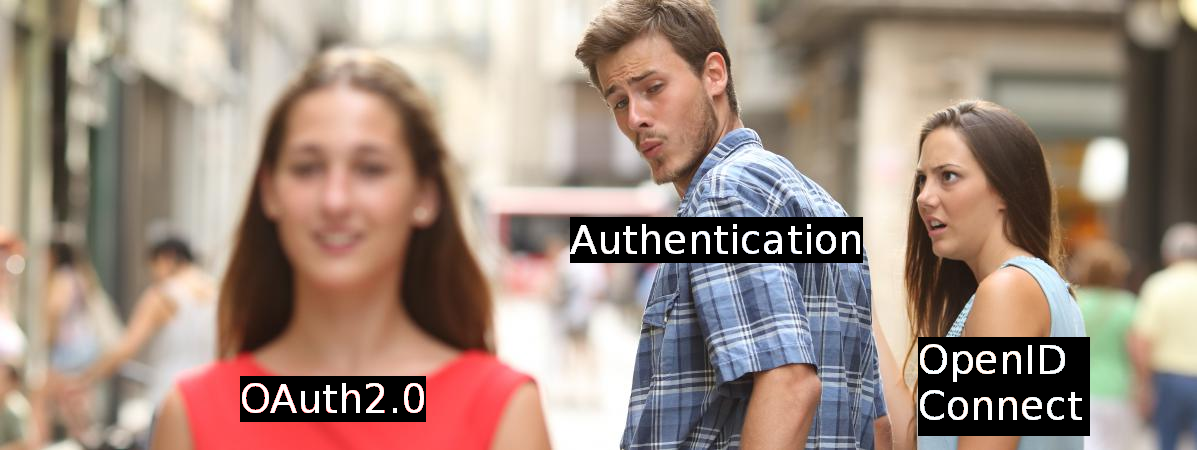Introduction à OpenID Connect - Volcamp
By Karim PINCHON
Introduction à OpenID Connect - Volcamp
"T'as besoin d'une application pour authentifier tes utilisateurs ? Un serveur OAuth2 c'est ce qu'il te faut !" C'est faux. Trop souvent le protocole OAuth2 est utilisé à tord pour authentifier des utilisateurs. Ce n'est pas fait pour ça. En revanche, un protocole relativement semblable existe dans ce but : OpenID Connect. Je vous propose de vous expliquer comment fonctionne le protocole OpenID Connect et en quoi il est différent d'OAuth2, pour ne plus se tromper d'usage.







































